
When it comes to robotic pool cleaners, two models often considered for above-ground pools are the Aiper Seagull 1000 and the Aiper Seagull SE. At first glance, these cordless units attract with their promise of hassle-free cleaning. However, after rigorous testing, we discovered several areas where they fall short, leading us to delve deeper into their performance.
We began by purchasing both robots and putting them through our standard battery of tests, assessing pool coverage, filtration ability, and additional features. With the Aiper Seagull 1000, our initial excitement about its cordless design quickly waned due to its limited pool coverage and poor cleaning ability. Similarly, the Aiper Seagull SE, though a slight upgrade, still struggled with comprehensive pool cleaning. We documented our findings in detailed reviews for each model.
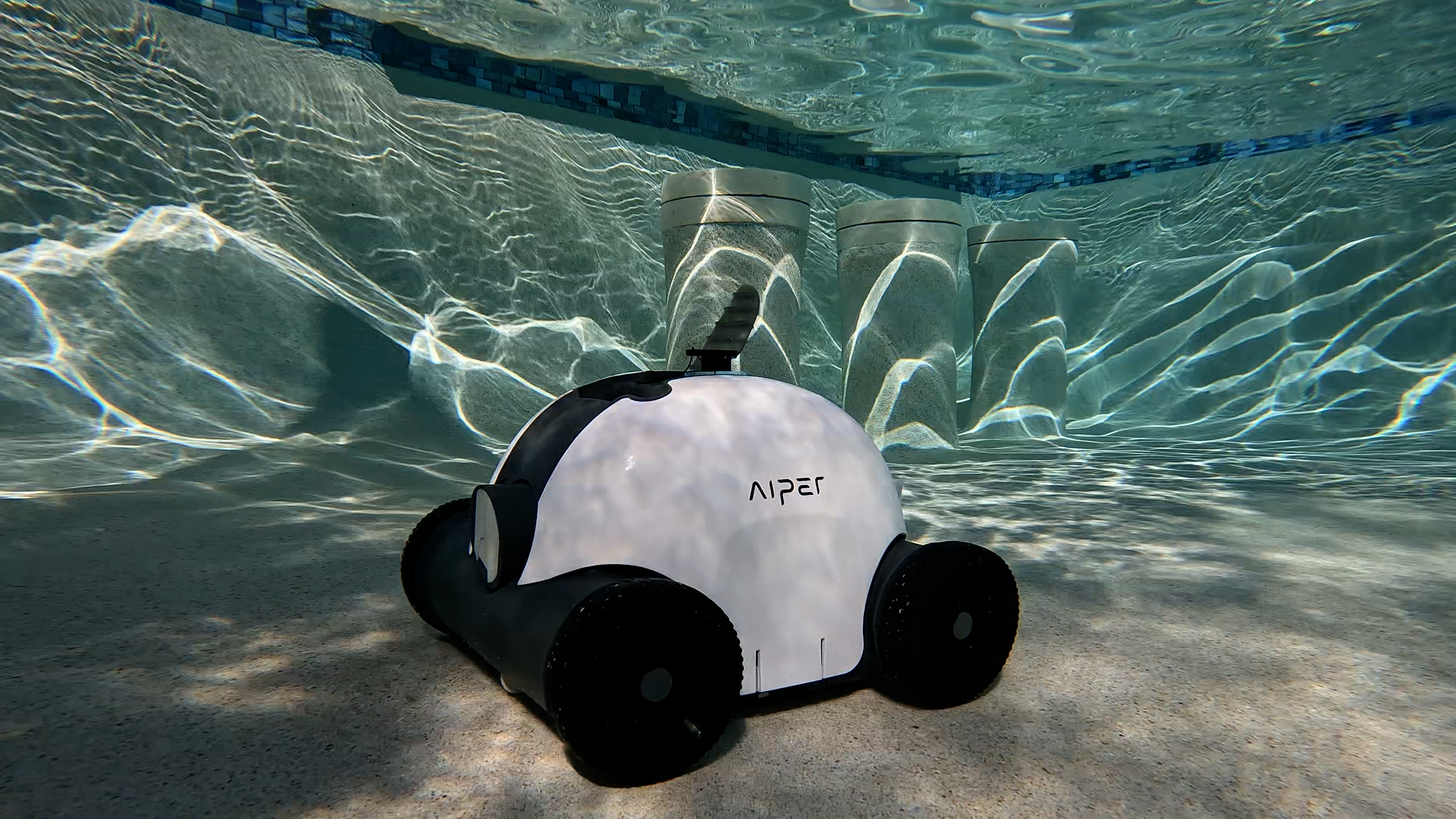
In our review of the Aiper Seagull 1000, we were disappointed by its lack of an active brush and poor navigation capabilities. Despite its attractive price point, it missed key areas in the pool and required frequent charging. While the Seagull SE boasts upgraded battery life and a modern design, it too failed to impress with its coverage and navigating capabilities.
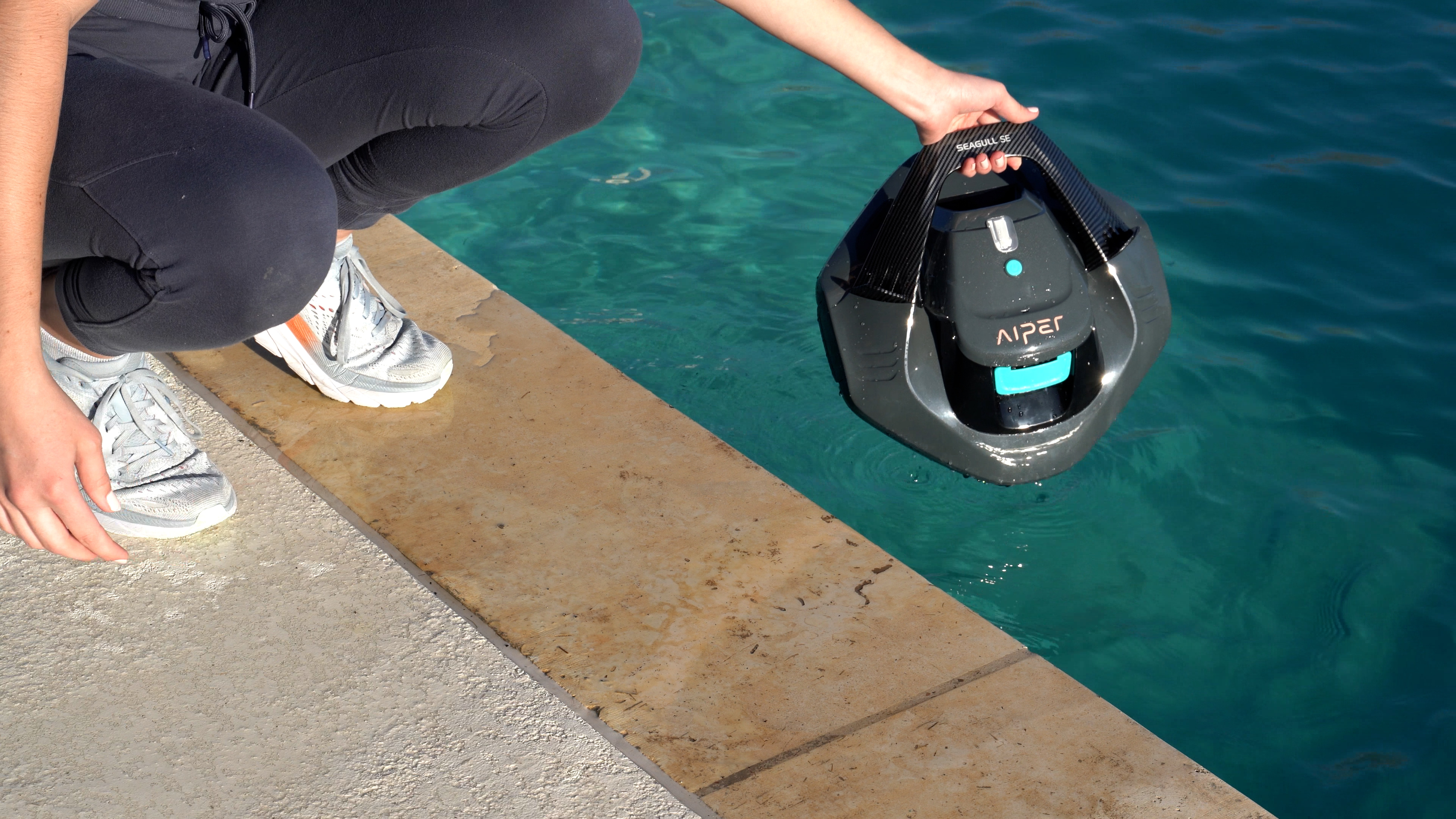
Both models struggled to deliver the complete cleaning results one would expect. When it came to filtration, the Seagull 1000's flat filter was ineffective at catching smaller particles. The Seagull SE showed similar limitations, lacking any significant improvements in this area. These issues significantly impacted their overall scores in our reviews.
In the following sections, we will delve deeper into how we tested these robotic pool cleaners, outlining the specific criteria and benchmarks we used to evaluate their performance. This will give you a comprehensive understanding of where each model excels and where they fall short.
When evaluating the Aiper Seagull 1000 robotic pool cleaner, we conducted a three-month testing period to assess its performance comprehensively. Our focus was on three main criteria: pool coverage, filtration ability, and feature set. This allowed us to gauge not only how well the Seagull 1000 cleaned but also its ease of use and overall reliability.
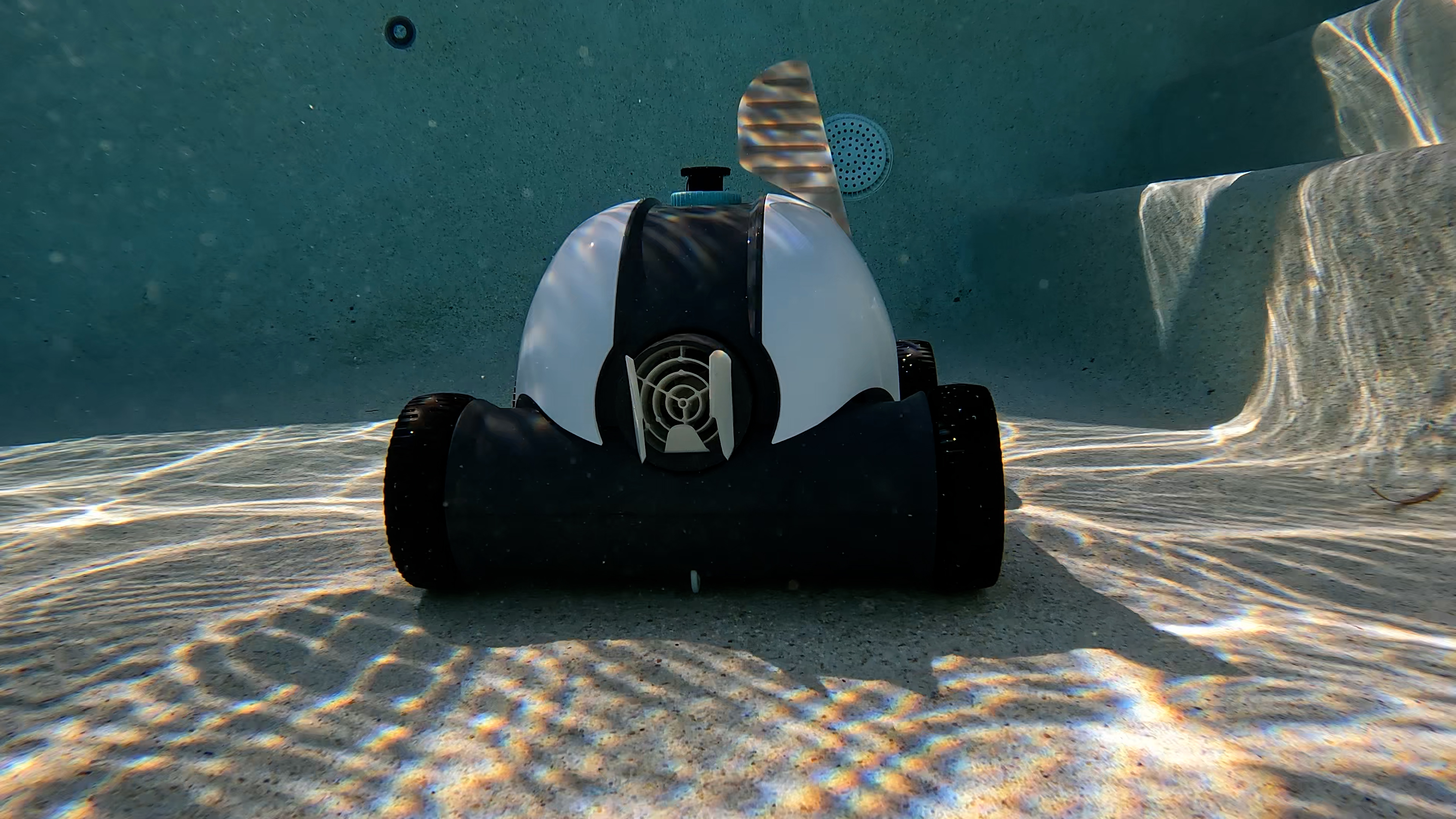
Starting with pool coverage, the Seagull 1000 could only manage floor cleaning. Its lack of navigation software and active brush meant it frequently missed areas and couldn't clean the pool's walls or waterline. We found this significantly reduced its effectiveness compared to other models, such as the Dolphin Escape, which offers more comprehensive cleaning.
The filtration ability of the Seagull 1000 also left much to be desired. The flat, fine filter couldn't capture smaller particles effectively, letting a lot of debris escape back into the pool. This was a considerable drawback, as the primary function of a robotic pool cleaner is to filter out debris efficiently.
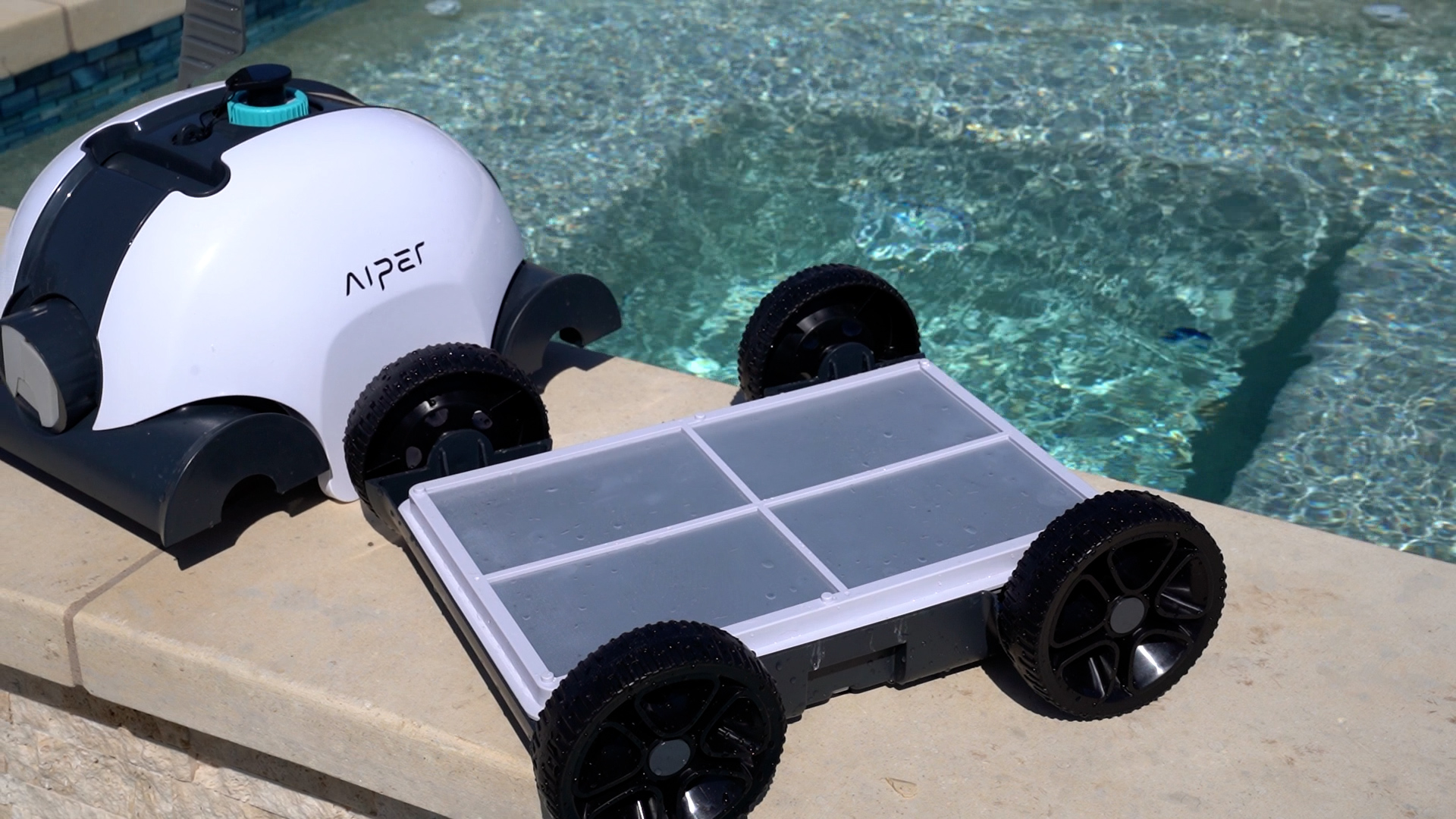
Our tests revealed that while the Seagull 1000's cordless design seemed advantageous on paper, in practice, it resulted in limited cleaning power due to its weaker motors and shorter battery life. This model required frequent recharging, yet still couldn't maintain a steady cleaning performance, often leaving debris behind.
Similarly, the Aiper Seagull SE was evaluated over three months, during which we scrutinized its pool coverage, filtration ability, and features. While the Seagull SE featured a modern design and improved battery life, it too struggled with effective pool coverage and left much debris untouched.
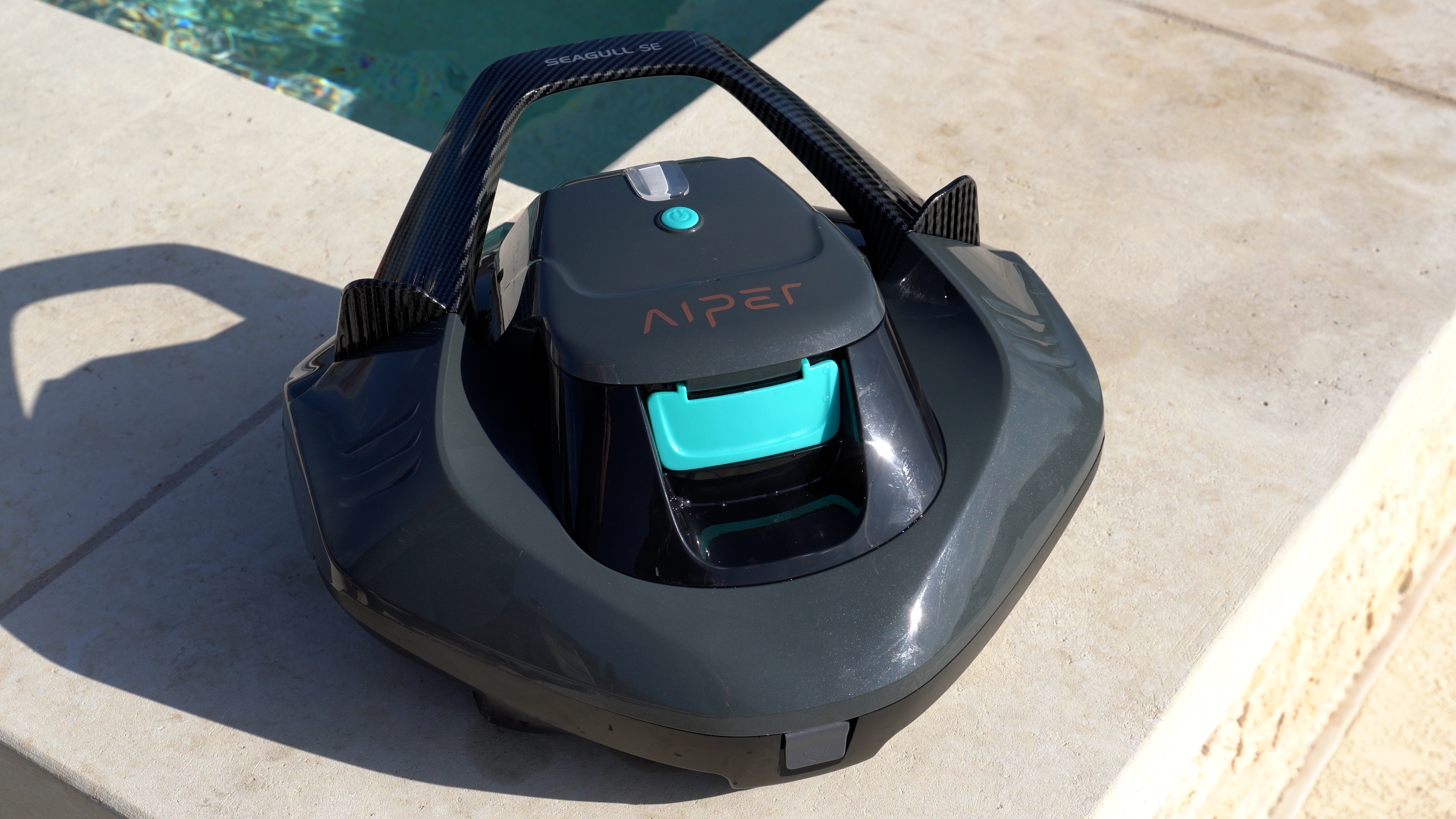
Throughout our tests, the Seagull SE's inability to climb walls or reach the waterline became evident. It failed to navigate the pool effectively, often missing spots and leaving the pool floor unfinished. This was a considerable disadvantage, especially for those with inground pools, which tend to collect debris on the walls and waterline.
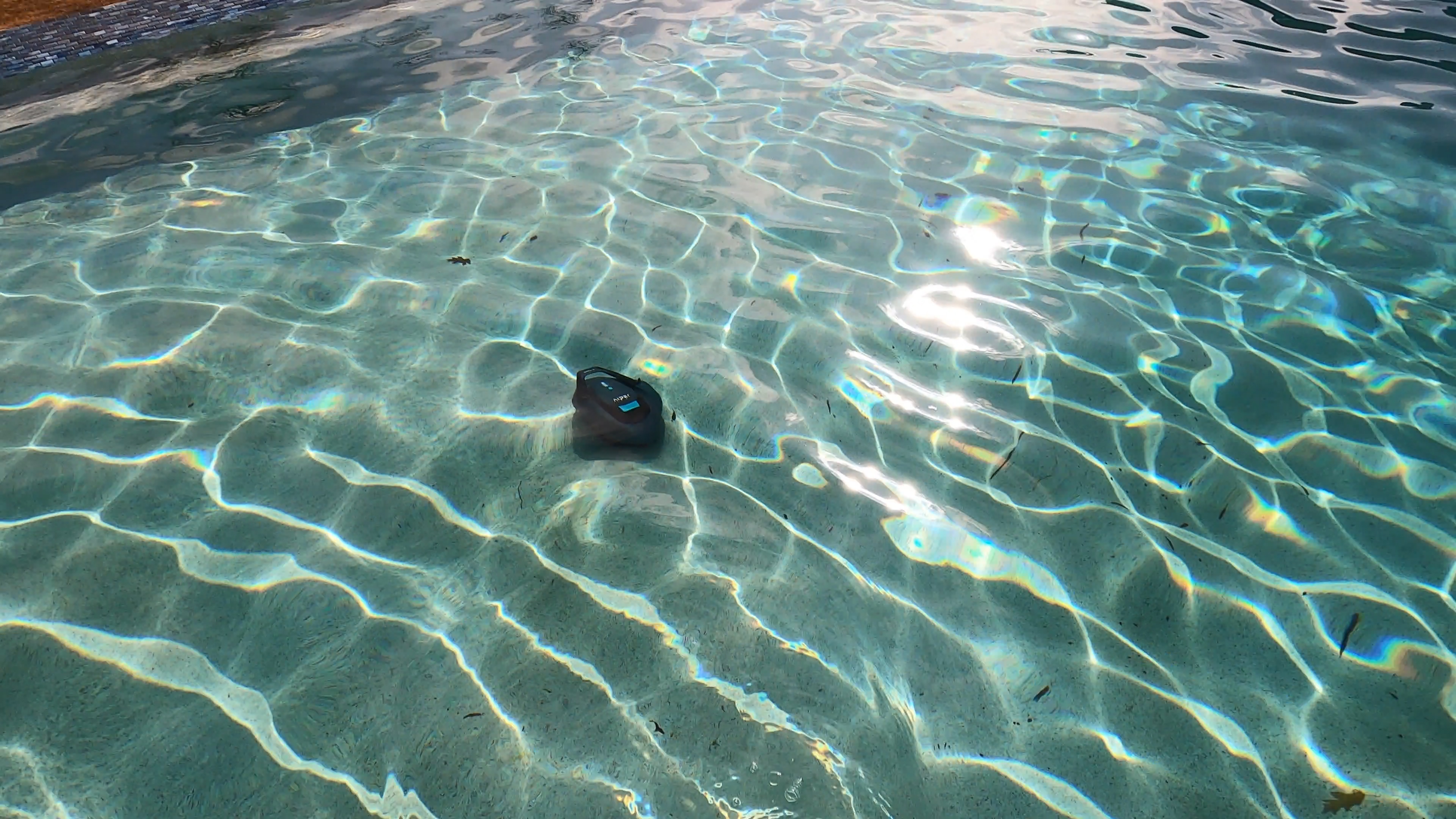
Regarding filtration, the Seagull SE was nearly identical to the Seagull 1000, using a flat filter that couldn't compete with the advanced filter baskets found in models like the Dolphin Cayman. The flat filter was hard to clean, and its efficiency was questionable, making the robot more of a hassle than a help.
Our experience highlighted that the primary issue with both Seagull models was their cordless design, which, while convenient, resulted in reduced cleaning power and efficiency. This was exacerbated by their short battery life, requiring long charging periods and frequent maintenance.
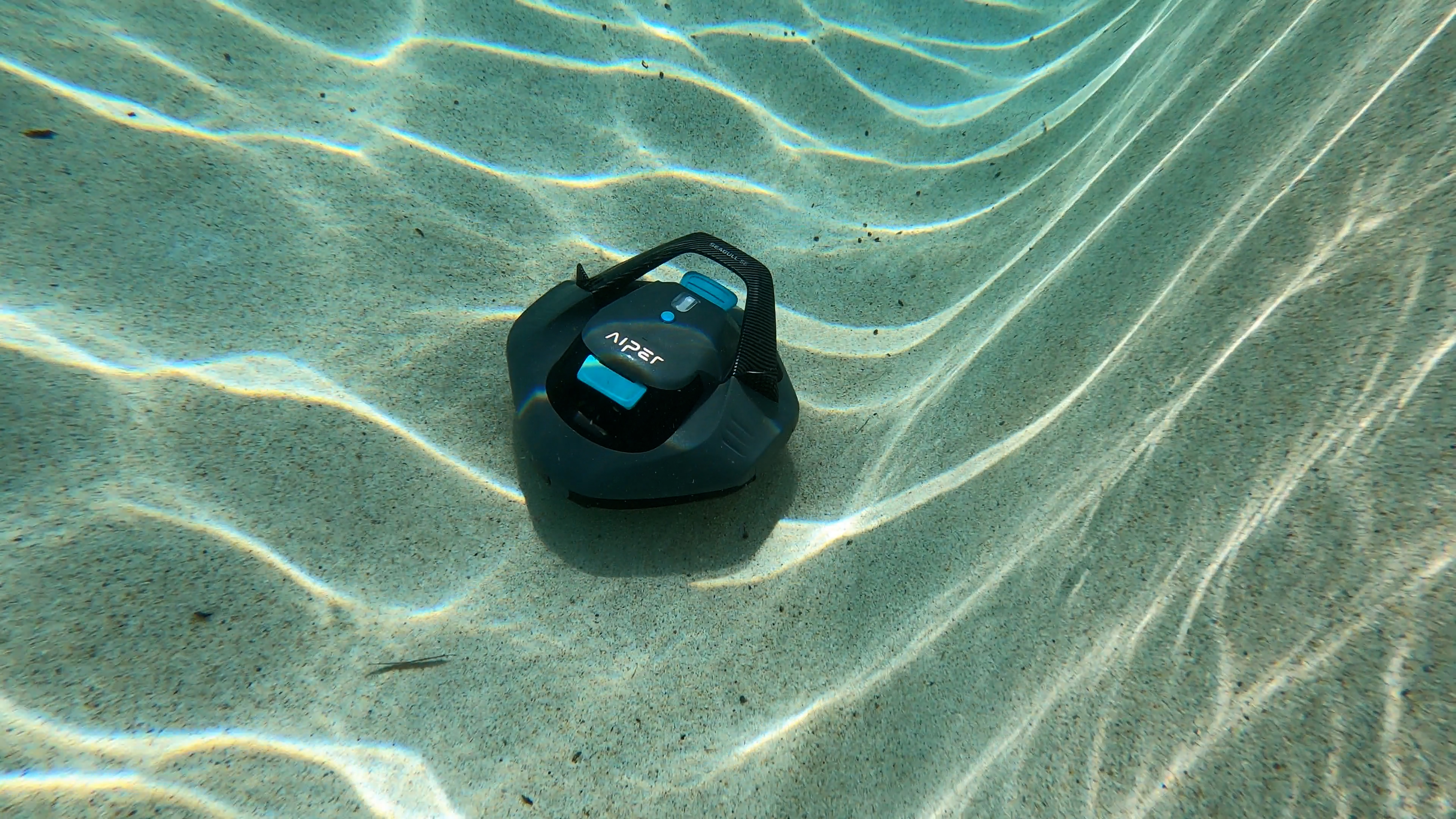
Overall, our comprehensive three-month testing of both the Aiper Seagull 1000 and Seagull SE revealed that these models fall short in delivering the robust performance pool owners need. Despite their attractive pricing and cordless convenience, they lack essential features and capabilities that are critical for thorough pool cleaning.
For those seeking reliable and efficient cleaning, we recommend considering alternatives like the Dolphin Escape, Dolphin Cayman, or the Dolphin Quantum. These models offer superior pool coverage, advanced filtration, and user-friendly features, making them better investments in maintaining a clean and healthy pool.
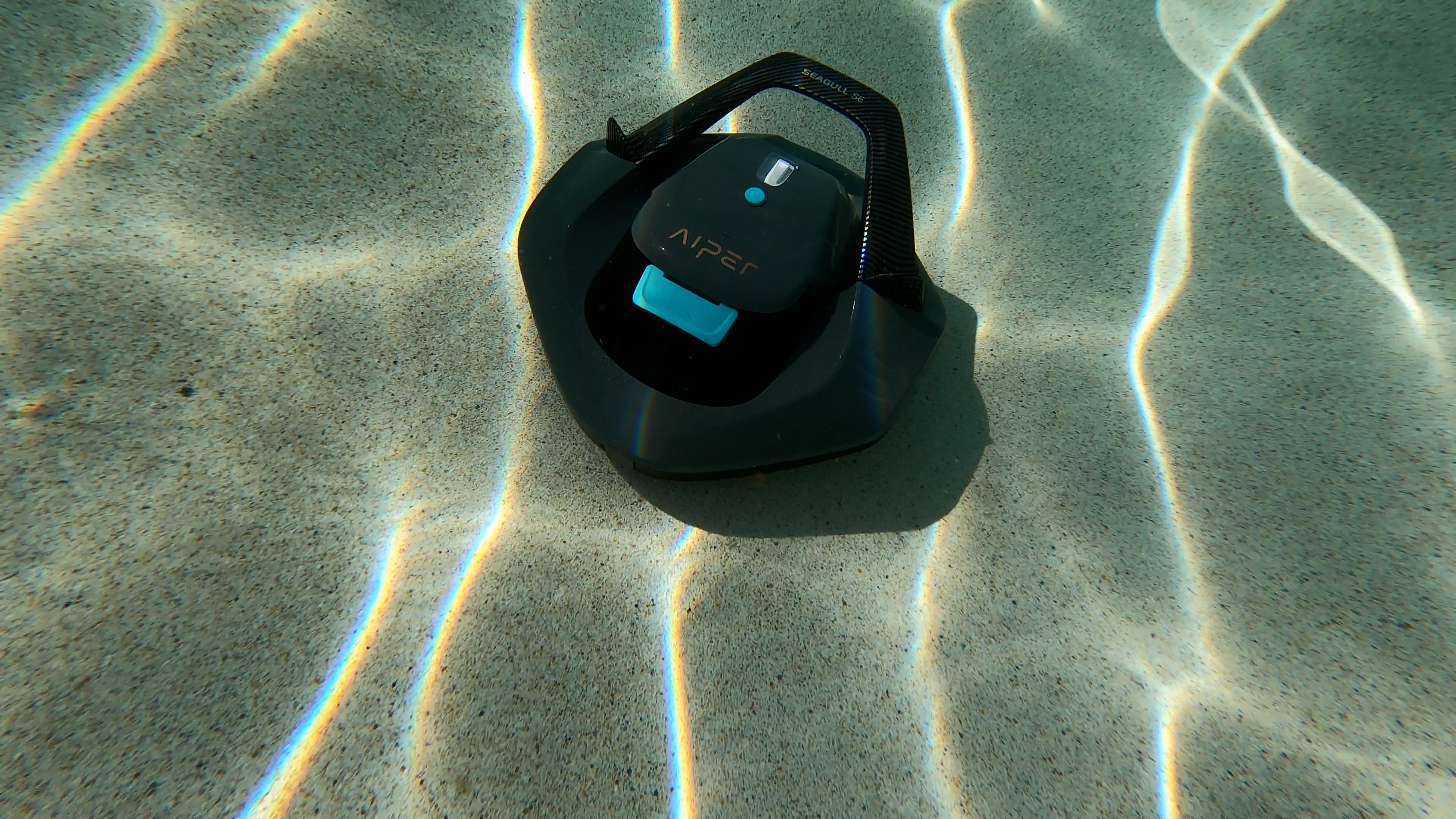
In conclusion, while the Aiper Seagull models offer some convenience with their cordless designs, their limited cleaning power and inefficiencies make them less than ideal for most pool owners. Instead, opting for more advanced models like the Dolphin series provides better value and performance, ensuring your pool remains clean with minimal effort on your part.
Check back soon with the Pool Pad team, as we continue to bring you the best products and methods to keep your pool clean and healthy!
Comparing the Aiper Seagull 1000 and Aiper Seagull SE, both models have notable shortcomings in their pool coverage abilities. The Seagull 1000 is limited to cleaning just the floor of the pool.
It lacks essential cleaning elements such as navigation software, effective wheels, and an active brush, resulting in it frequently missing spots. The Seagull SE, while featuring a updated design, also fails to clean anything beyond the pool floor.
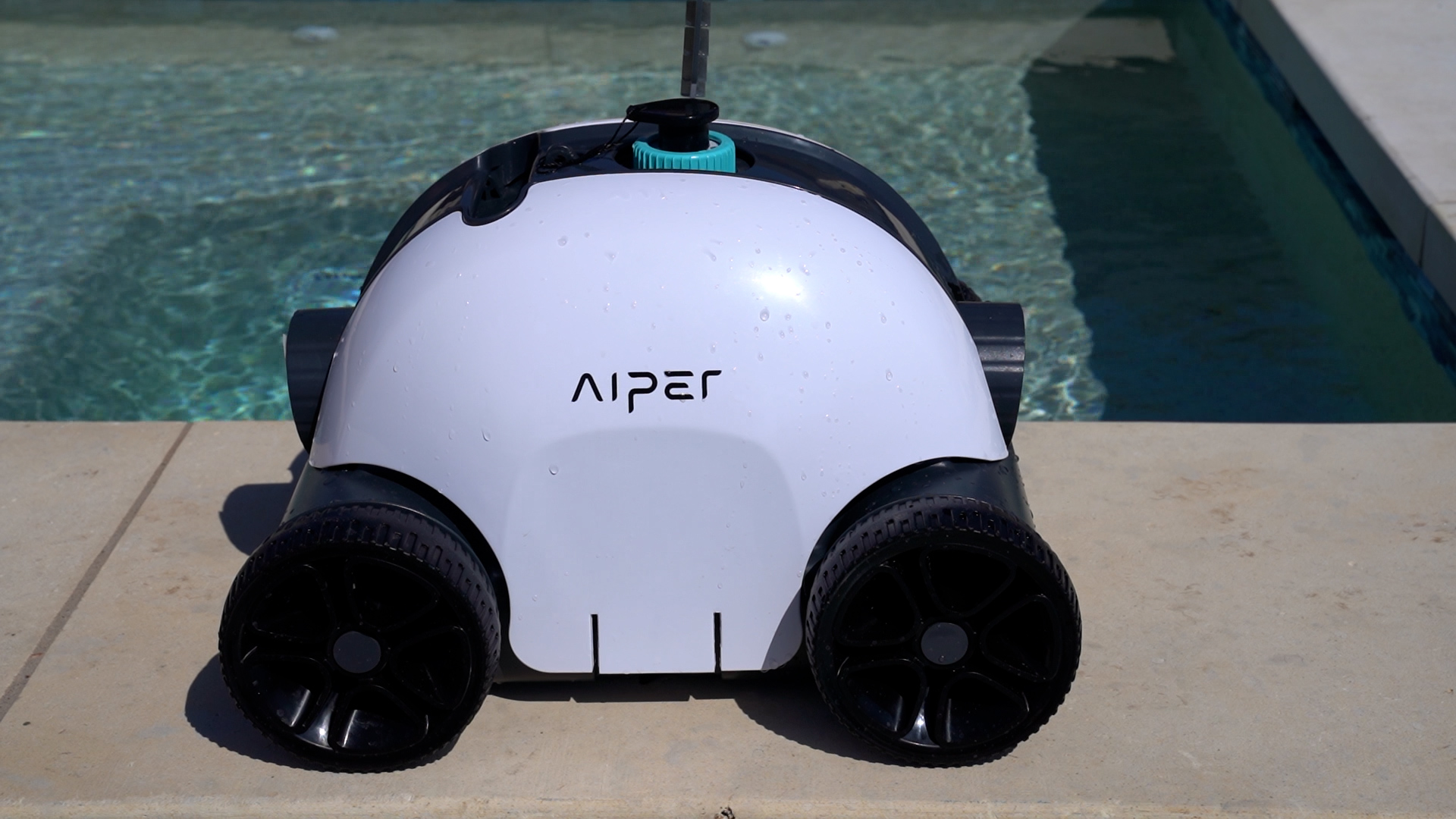
The Seagull SE's inability to handle slopes and its lack of onboard navigation system mean it often misses patches and fails to provide a thorough cleaning. Both robots struggle with effective pool navigation, leading to incomplete cleaning cycles.
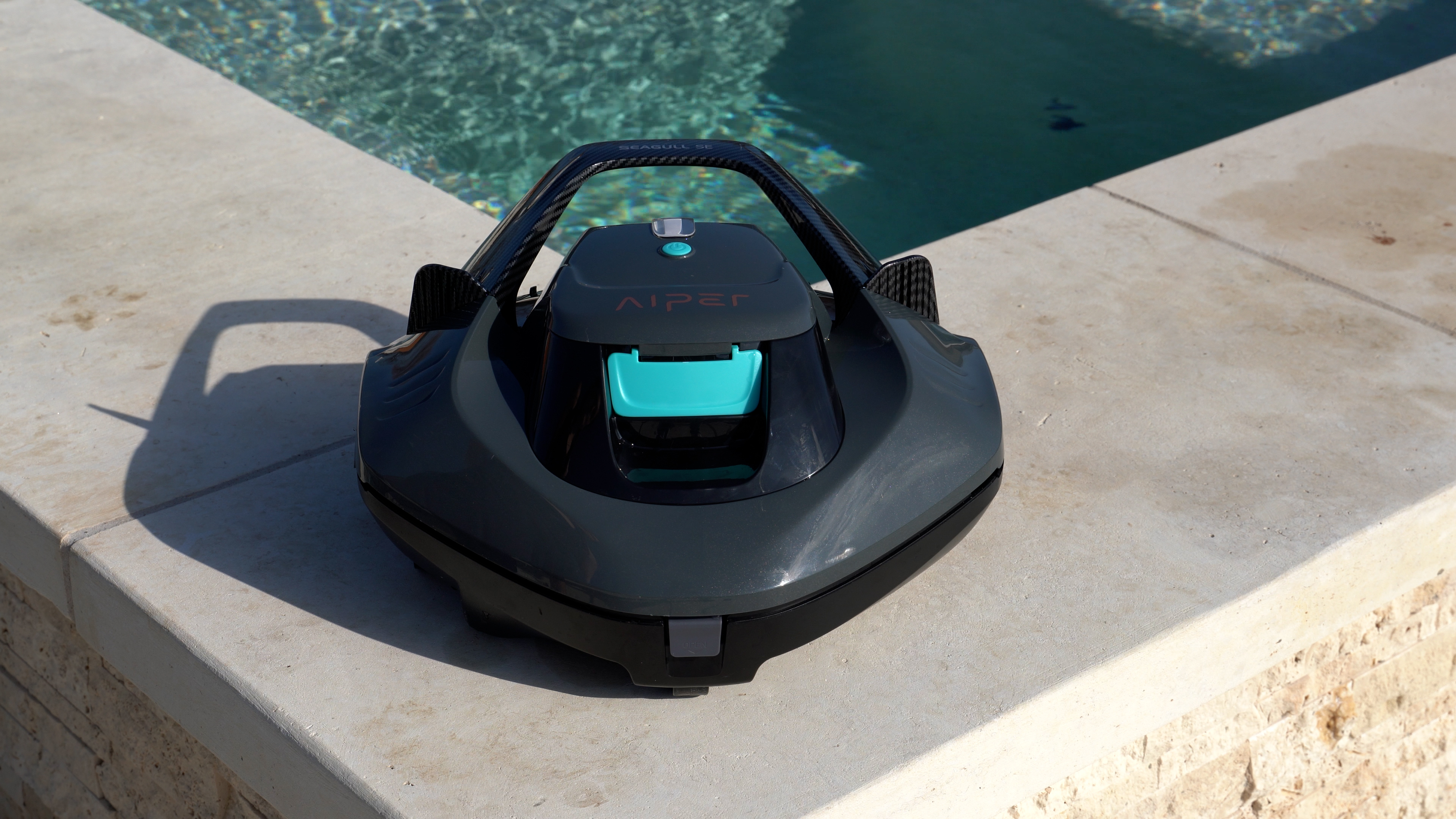
When monitoring their cleaning paths, the Seagull 1000 often collided with walls and missed extensive areas, unable to clean the pool effectively. The Seagull SE faced similar challenges, particularly with its tendency to get stuck and miss sections, especially in deeper areas.
In terms of scores, both models fall short. The Seagull 1000 received a coverage score of 4 while the Seagull SE did even worse with just a 3. The Seagull SE might have modern enhancements, but it shares similar deficiencies in its cleaning ability as the Seagull 1000.
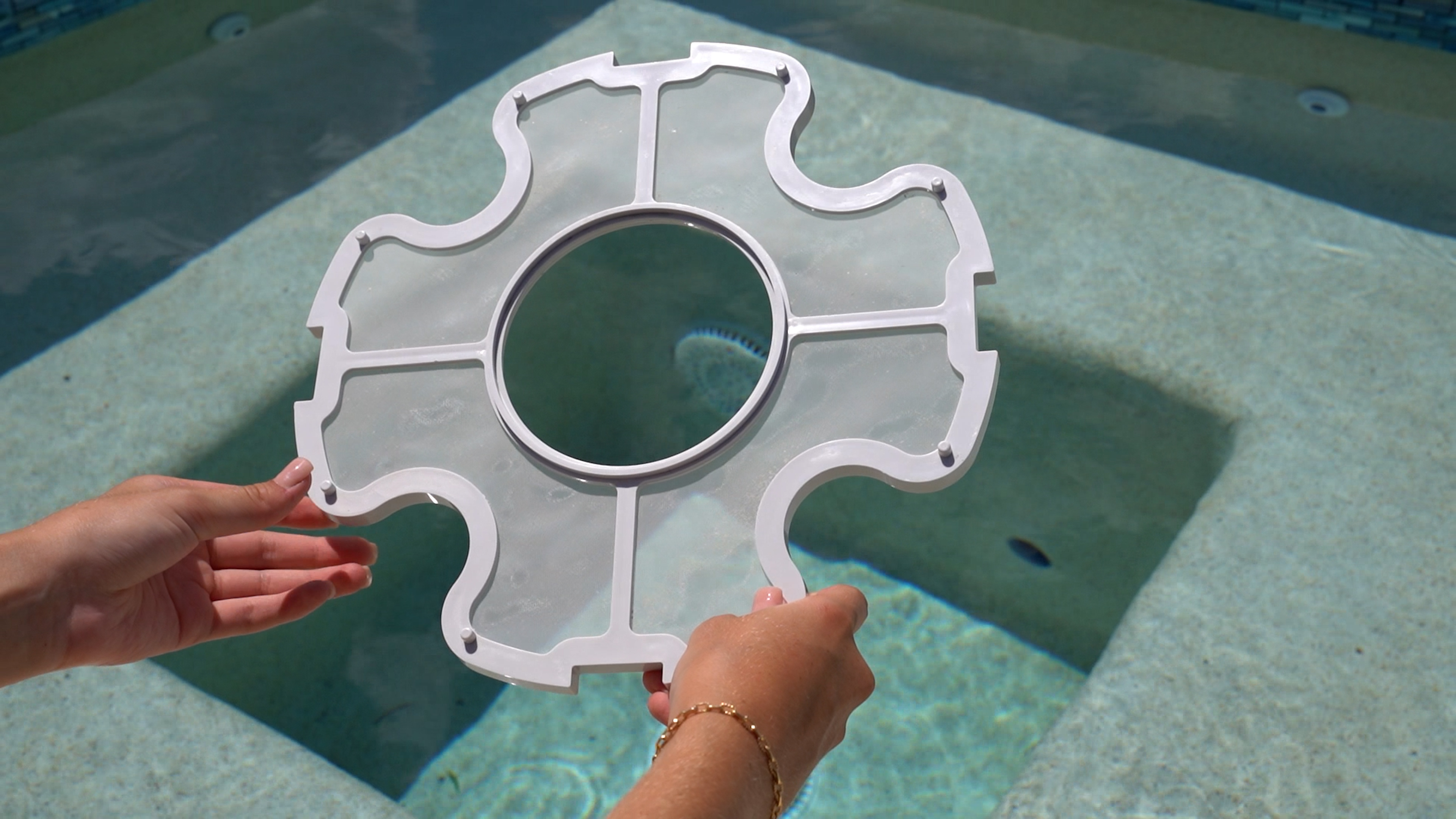
The lack of wall and waterline cleaning in both models is a major downside. Neither the Seagull 1000 nor the Seagull SE can tackle the algae and debris that often accumulate on pool walls and at the waterline. This makes them less effective compared to alternatives like the Dolphin Escape, which provides more comprehensive coverage.
In conclusion, while both the Aiper Seagull 1000 and Seagull SE offer convenience with cordless designs, their restricted floor-only cleaning and poor navigation make them less reliable for achieving a clean pool. For better coverage and efficiency, opting for models like the Dolphin Escape or Dolphin Cayman would be a smarter investment.
The filter system of the Aiper Seagull 1000 features a flat, fine filter. This design is relatively ineffective, as it failed to capture smaller particles and often allowed debris to wash back into the pool. The filter's single-sided design further hampers its filtration efficiency.
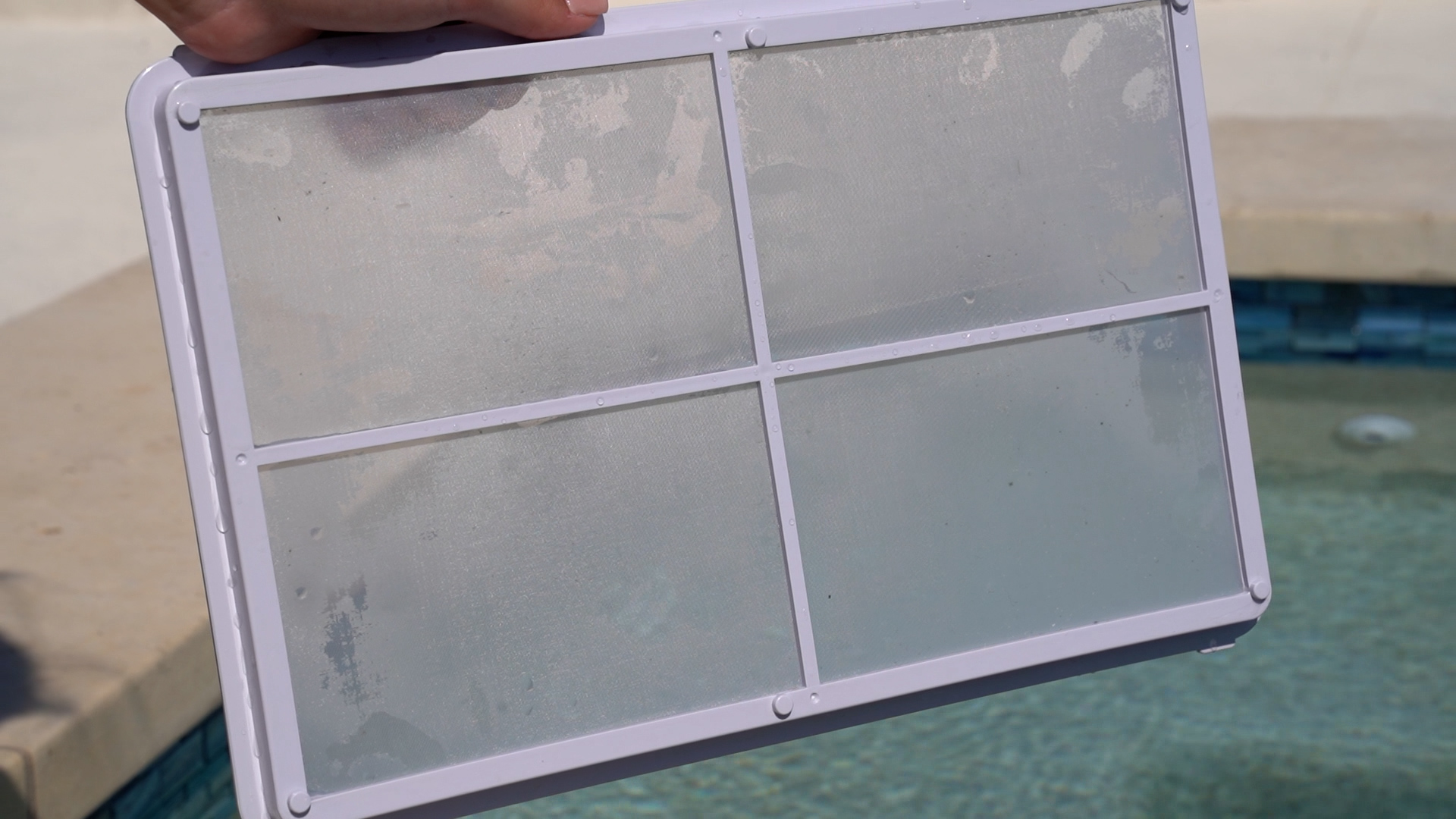
In comparison, the Aiper Seagull SE also uses a flat filter, but unlike the Seagull 1000, it boasts some design improvements. However, these enhancements seem superficial as the SE still struggles with capturing microscopic particles. Both filters are hard to clean and inefficient at holding large debris.
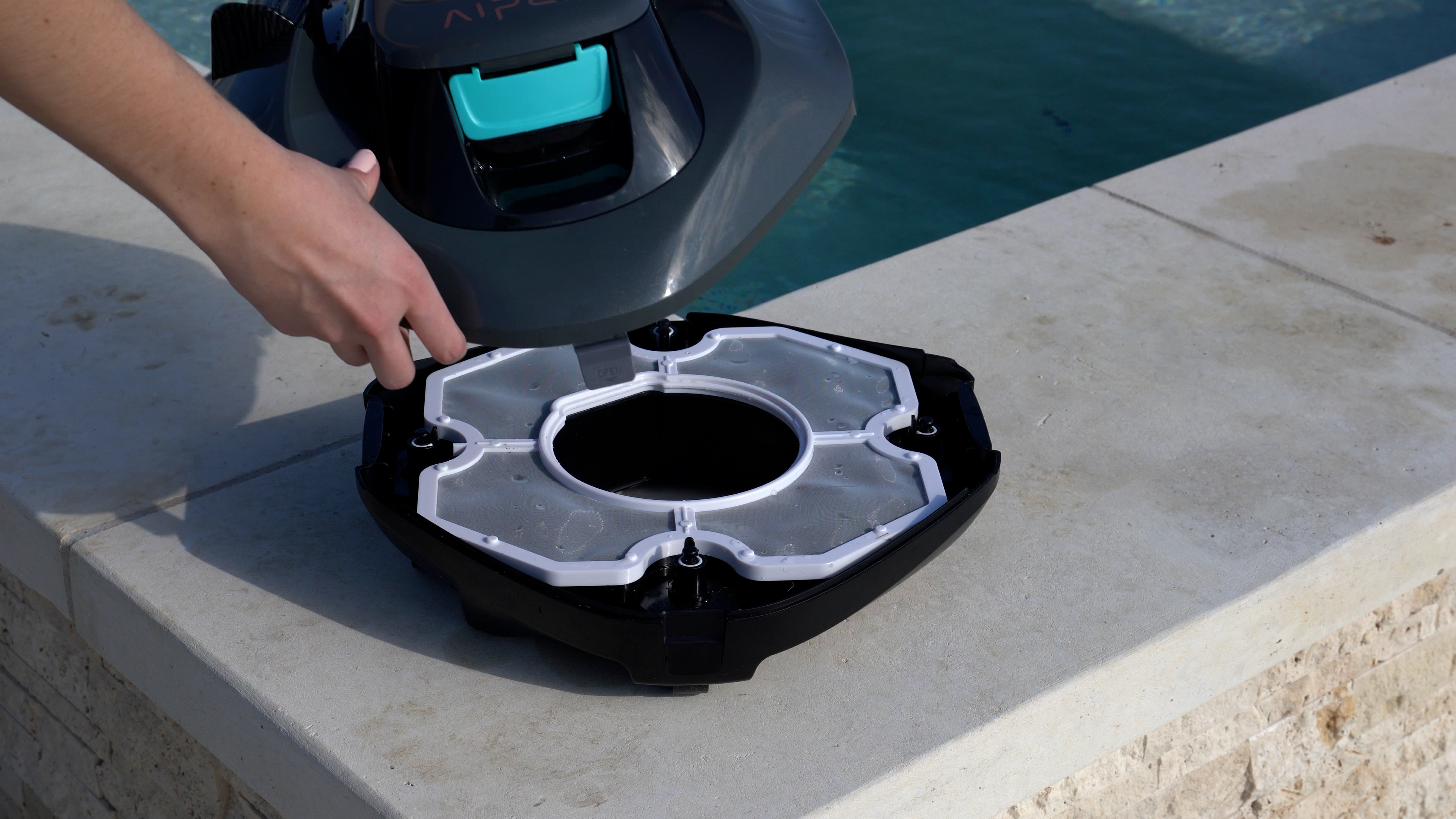
When it comes to handling debris, neither the Seagull 1000 nor the Seagull SE excel. Both flat filters fall short compared to the advanced filtration systems found in other robotic pool cleaners like the Dolphin Escape or the Dolphin Cayman, which utilize multi-layered filtration to trap even the finest particles.
Personally, I prefer a filter basket system, such as that found in the Dolphin models, for its ease of cleaning and superior debris capture. The advanced NanoFilters available in these units significantly outperform the flat filters used in both Aiper models. This difference is crucial for maintaining clear, clean pool water.
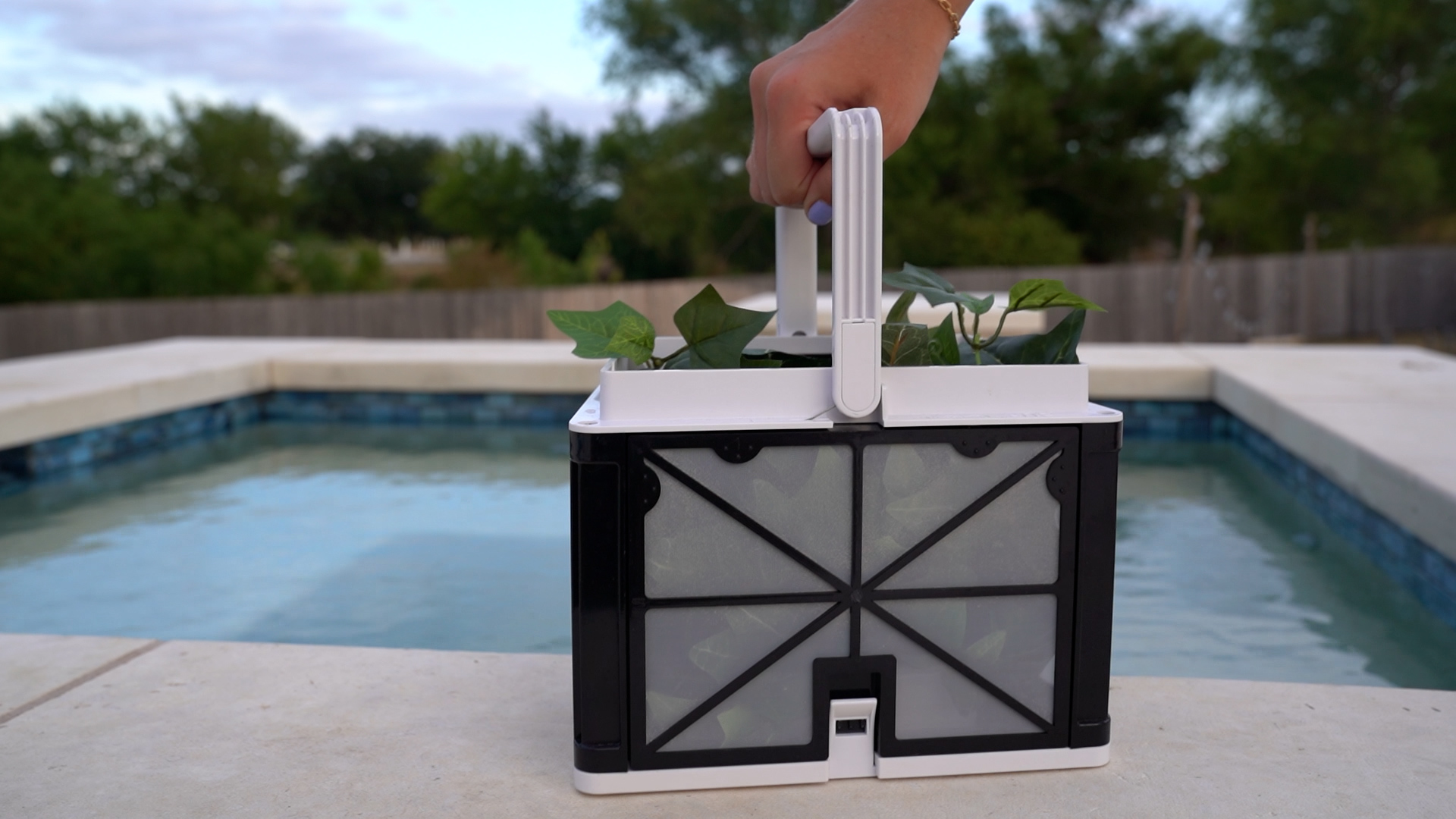
Reflecting on the filtration scores, the Aiper Seagull 1000 and Seagull SE both received low marks in this category. The Seagull 1000 earned a filtration score of 4, while the Seagull SE fared even worse with a score of 2. These scores highlight the inadequacies of their filtration systems and the need for better options.

In conclusion, the superior filtration system of the Dolphin models makes them the clear winners in this category. The advanced filter baskets and NanoFilters effectively capture all types of debris, including fine particles that the Aiper models can't handle. For a truly clean pool, it's essential to invest in a robotic pool cleaner with a robust filtration system.
The feature sets of the Aiper Seagull 1000 and the Aiper Seagull SE present a few notable differences and similarities. Both models are cordless, offering a level of convenience in setup and operation. However, there are critical aspects where each model varies, affecting their overall performance and user experience.
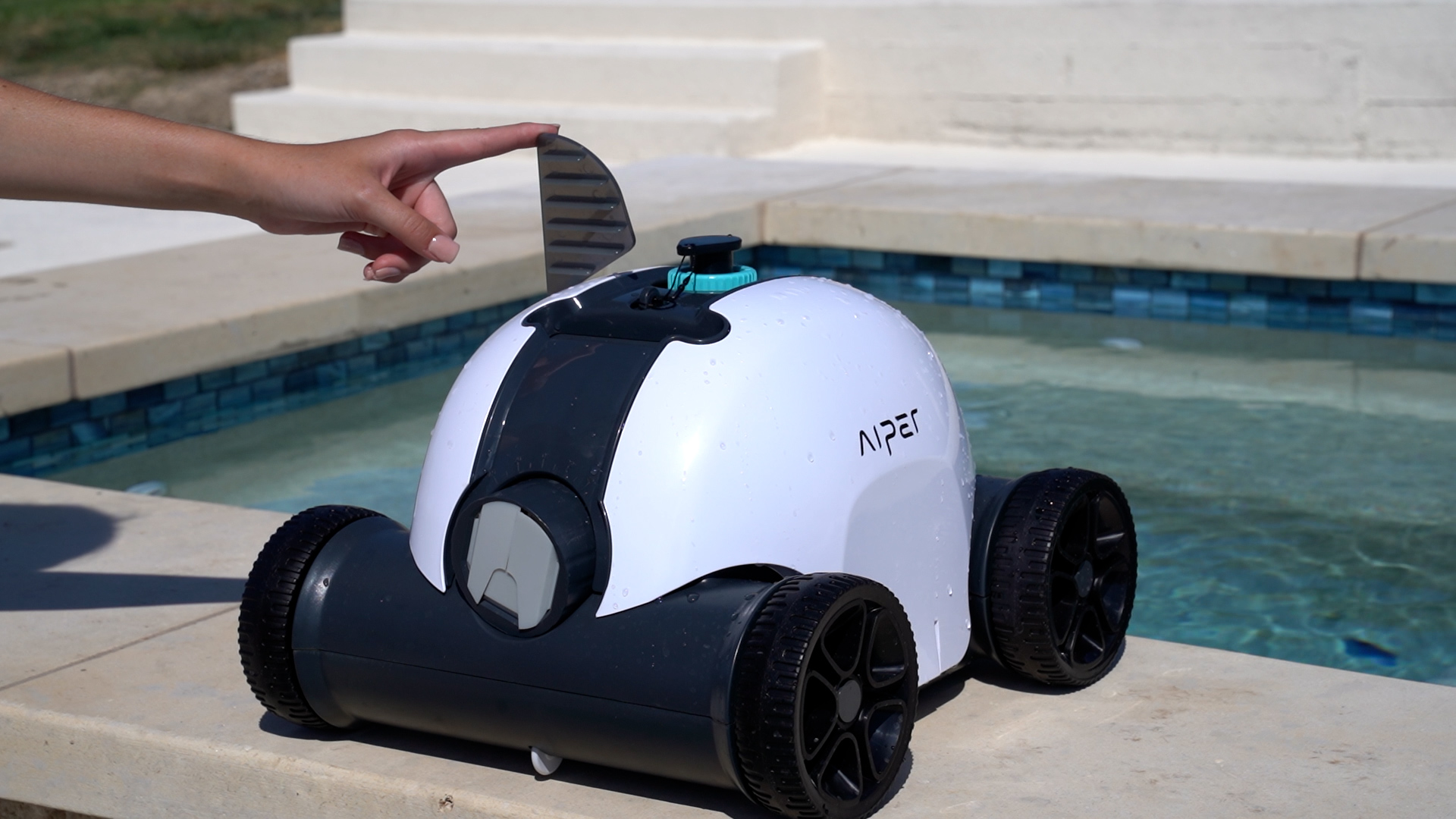
The Aiper Seagull 1000 features a *cordless design*, which on paper sounds advantageous, but in practice falls short. The unit's motors are not powerful enough without a cord, leading to less effective cleaning and frequent charging. The Seagull SE, despite being a newer model, shares many of these limitations. Its improved battery life is a positive change, reducing charging times from 4-6 hours to approximately 2.5 hours. However, it still requires daily charging and doesn't deliver the continuous cleaning power that corded models can.
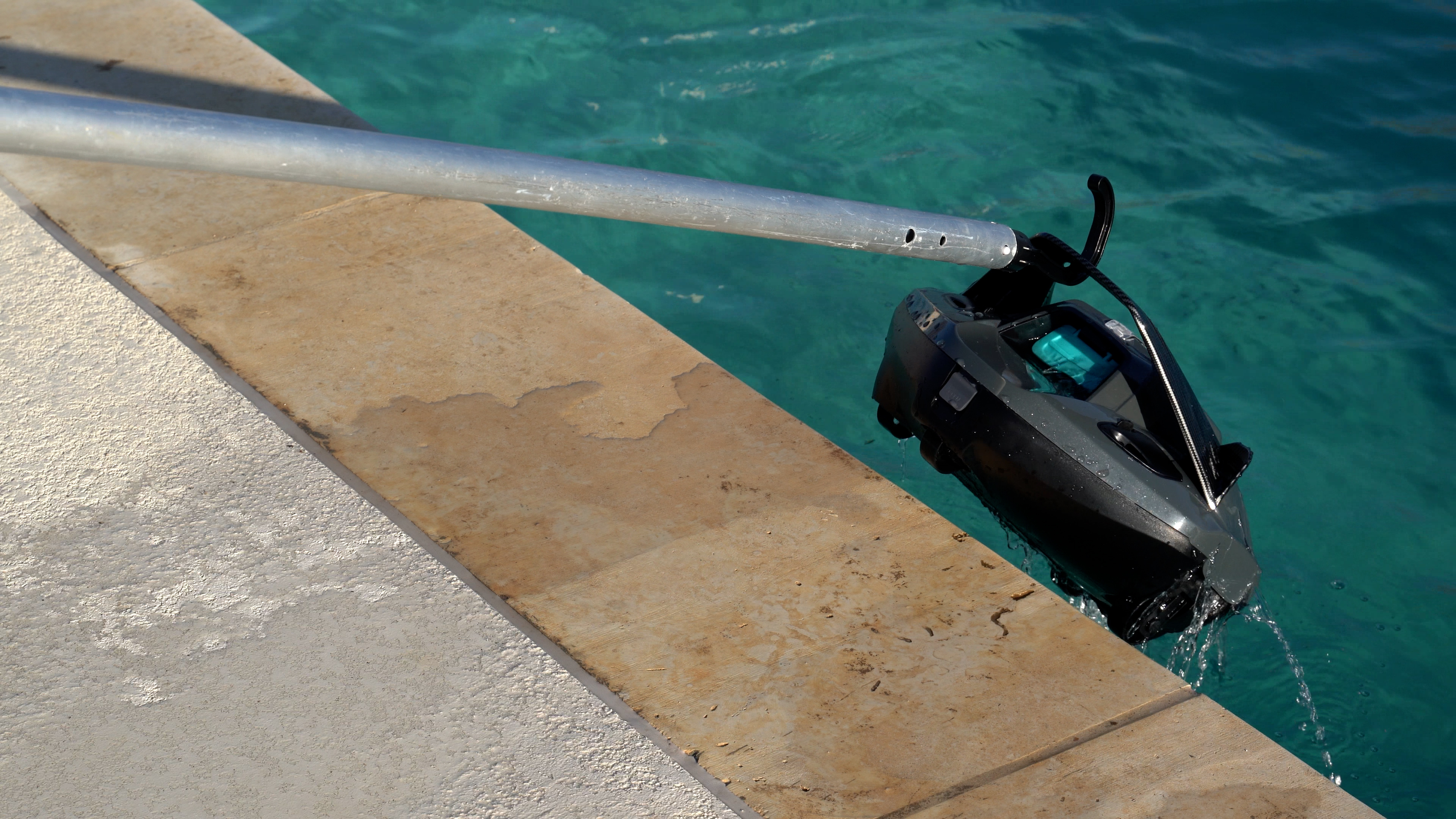
In terms of unique functionalities, both models lack advanced navigation systems. The Seagull 1000 and SE rely on basic mechanical navigation, which often results in inefficient cleaning paths and missed spots. This is particularly evident when compared to more advanced models like the Dolphin Cayman, which boasts Smart Nav technology for optimized coverage.
The Aiper Seagull SE tries to make up with its improved design, featuring two static brushes on the bottom. While this is a slight enhancement over the Seagull 1000's single static brush, it doesn't equate to a significant boost in cleaning performance. Both units still struggle to clean pool walls and waterlines, focusing only on the pool floor.

Expectedly, the feature scores reflect these deficiencies. The Seagull 1000 earns a feature score of 4, mainly due to its *cordless* convenience and competitive pricing. In contrast, the Seagull SE receives an even lower score of 3, despite its modern design and slight battery improvement. This is due to its persistent issues with ineffective navigation and insufficient cleaning power.

In conclusion, while both the Aiper Seagull 1000 and Seagull SE offer some degree of convenience with their cordless designs, they generally lack the robust features and functionalities that are essential for thorough pool cleaning. For a more comprehensive cleaning solution, turning to models such as the Dolphin Escape or Dolphin Quantum provides better value and performance.
Advanced models like the Dolphin series not only offer superior *navigation systems* but also come equipped with features like active brushes and multi-layered filtration systems, ensuring a clean and healthy pool with minimal effort on your part.
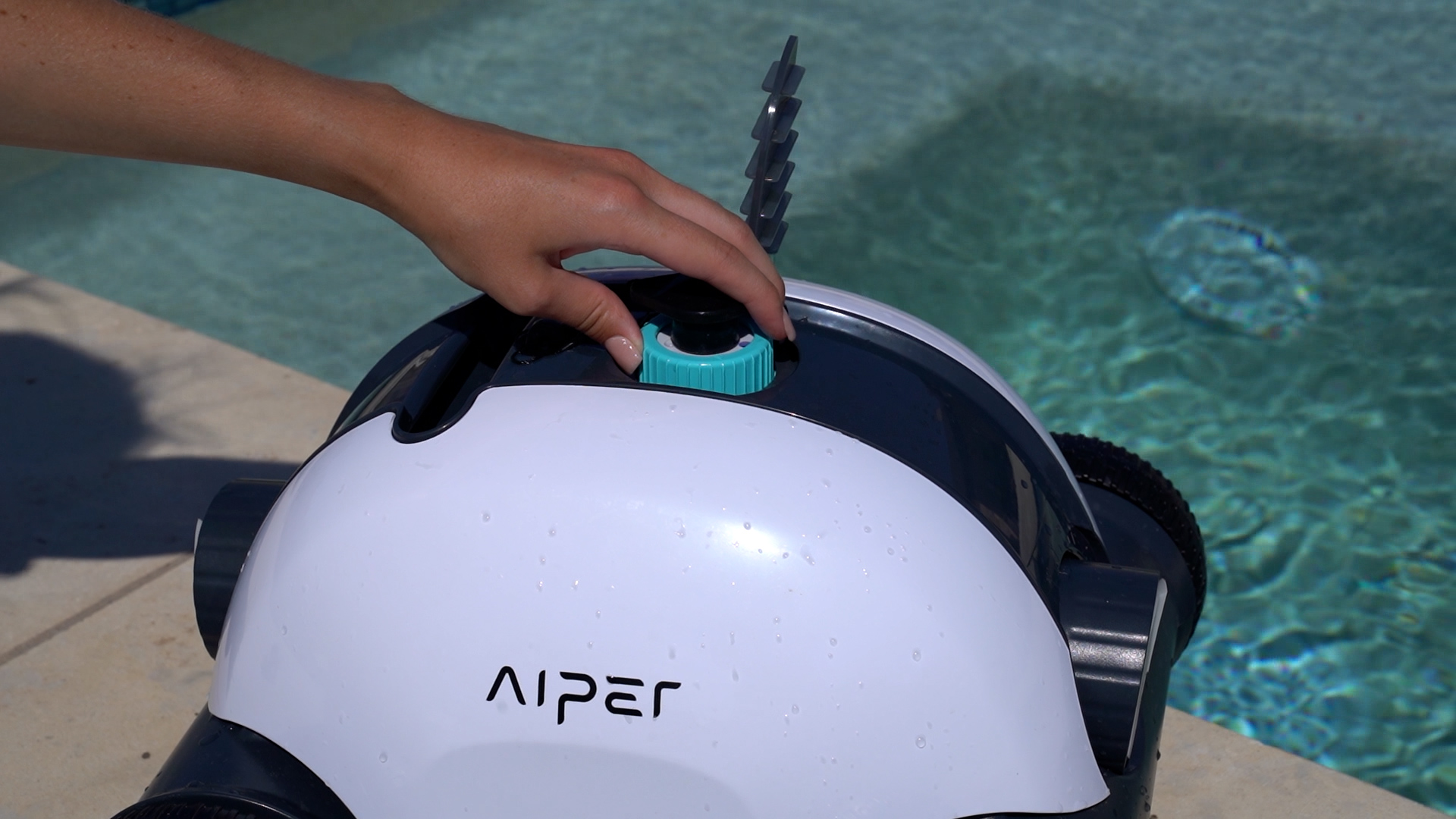
In summary, choosing a robotic pool cleaner with a robust feature set tailored to comprehensive cleaning is key. The Aiper Seagull models struggle with this, making alternatives from Dolphin the smarter investment for maintaining a pristine pool.
When considering the Aiper Seagull 1000 and the Aiper Seagull SE, both models display several shortcomings in overall performance. With an overall score of 4/10, the Seagull 1000 falls short in several key areas, particularly in pool coverage and cleaning ability. Its lack of an active brush and effective filtration, combined with a short battery life, make it a less-than-ideal choice for pool owners.
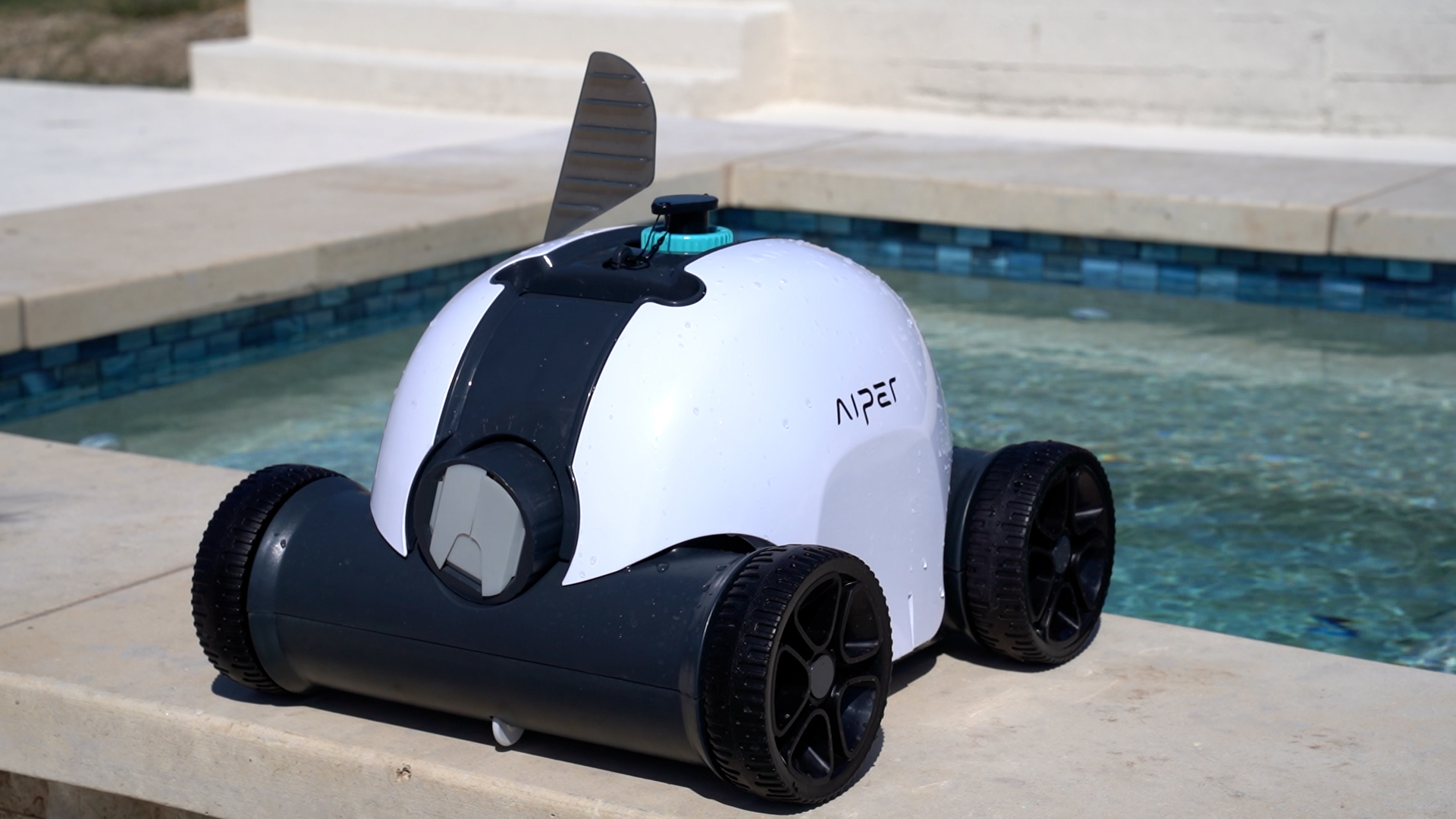
On the other hand, the Seagull SE's slightly improved design and battery life still don't address core issues. With an even lower overall score of 2.6/10, it fails to significantly improve on the Seagull 1000's flaws. The SE model shares the same issues with poor pool coverage, weak filtration, and limited durability, making it insufficient for thorough cleaning tasks.
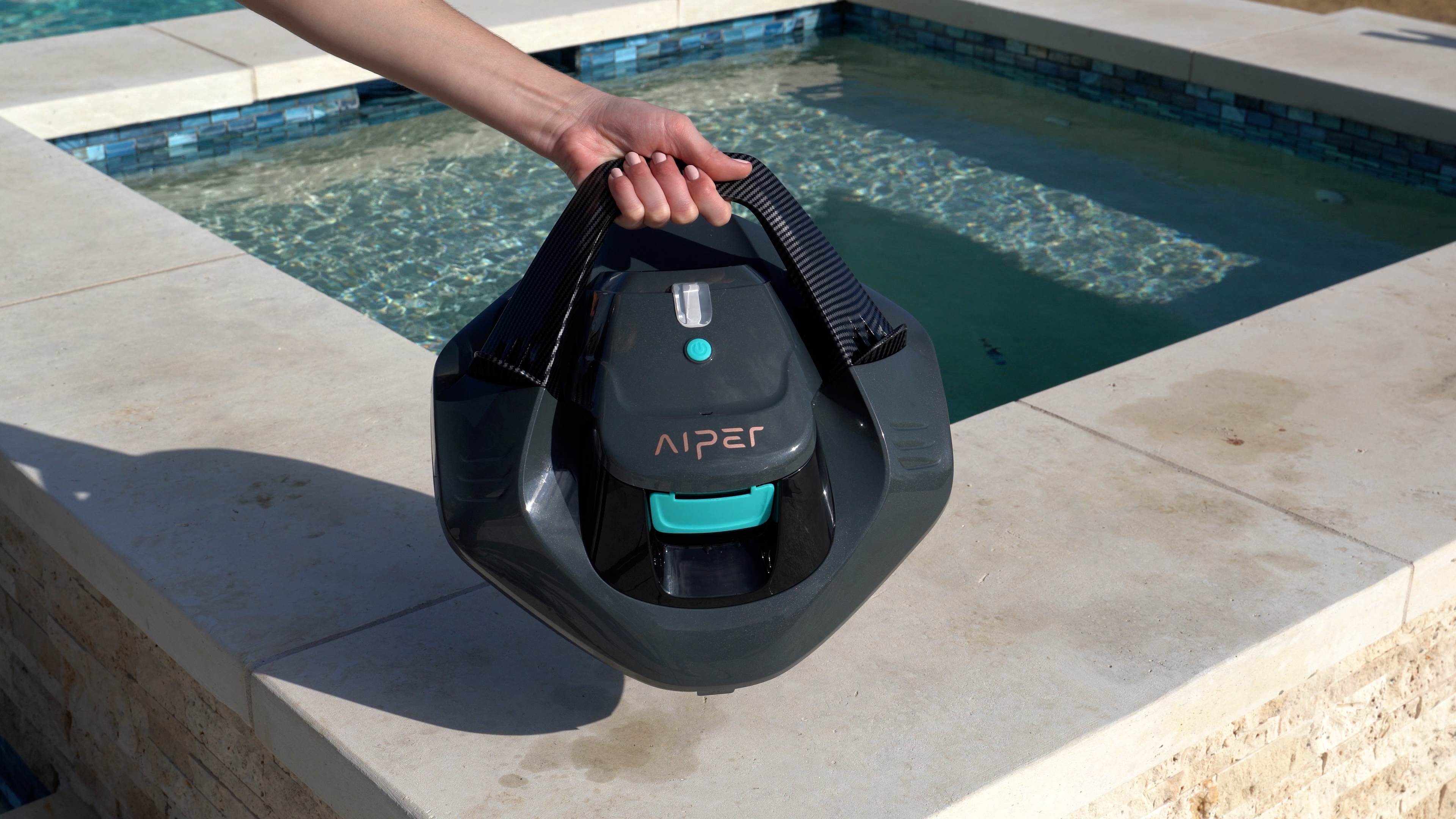
**Comparatively, the Aiper Seagull 1000 marginally outperforms the Seagull SE** due to its slightly better battery performance and basic cleaning abilities. However, both models remain below par compared to other options in the market. For those seeking efficient and reliable pool cleaning, it's advisable to consider alternatives that offer better value and performance.
Models like the Dolphin Escape or the Dolphin Cayman provide superior pool coverage, advanced filtration systems, and enhanced durability. These options ensure a cleaner pool with less manual effort, making them a smarter investment for the long term.
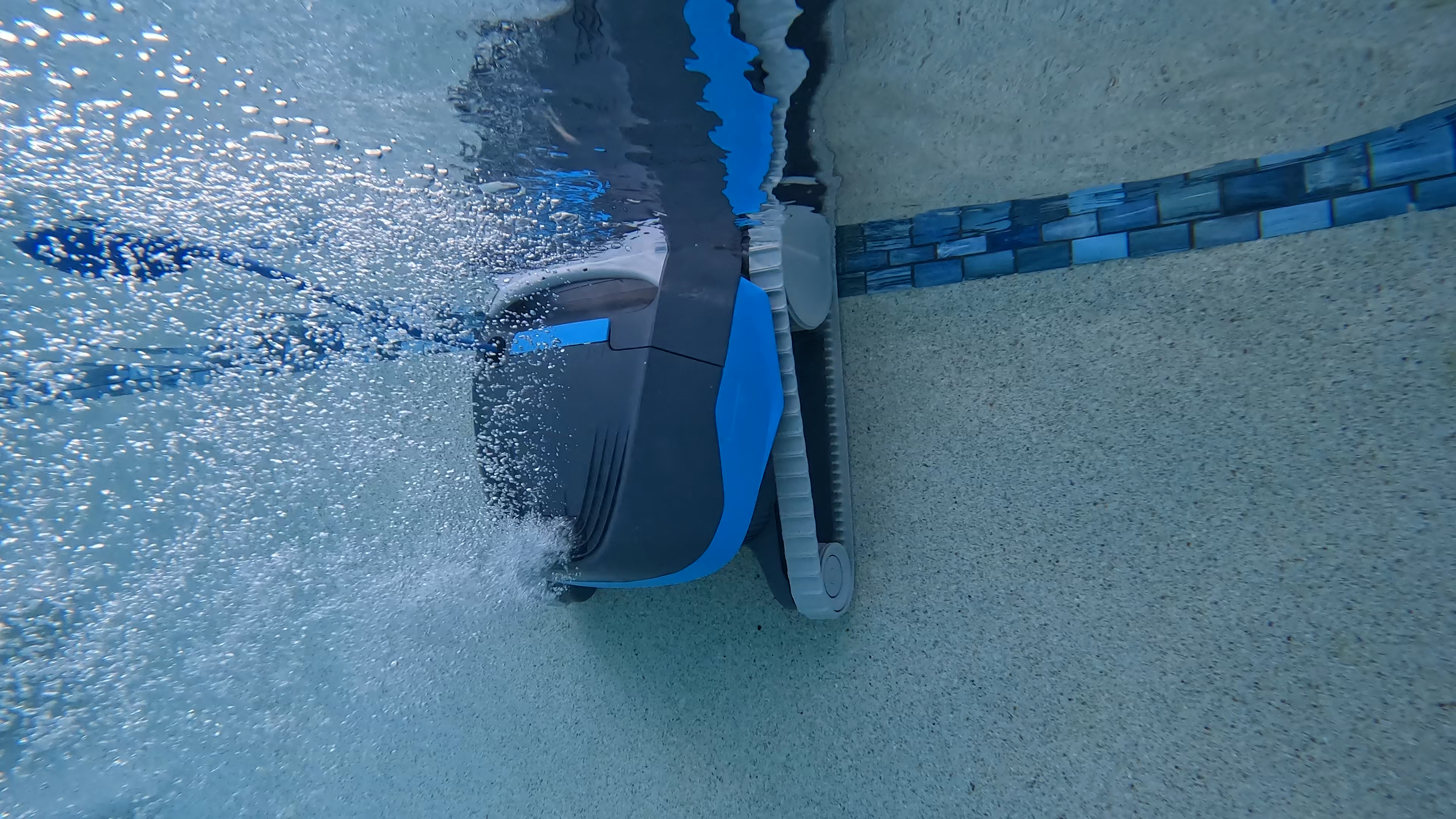
In summary, while the Aiper Seagull 1000 and Seagull SE offer some convenience with their cordless designs, their limited cleaning power and inefficiencies render them less effective than their competitors. For a more thorough and hassle-free pool cleaning experience, considering advanced models such as the Dolphin series would be the wisest choice.
Check back soon with the Pool Pad team, as we continue to bring you the best products and methods to keep your pool clean and healthy!
In contrast to the Aiper Seagull models, there are better alternatives that offer more robust features and greater cleaning capability. Among these, the Dolphin Escape stands out as a superior option. Designed for above-ground and smaller inground pools, the Dolphin Escape not only boasts an attentive design but also excels in pool coverage and filtration efficiency.
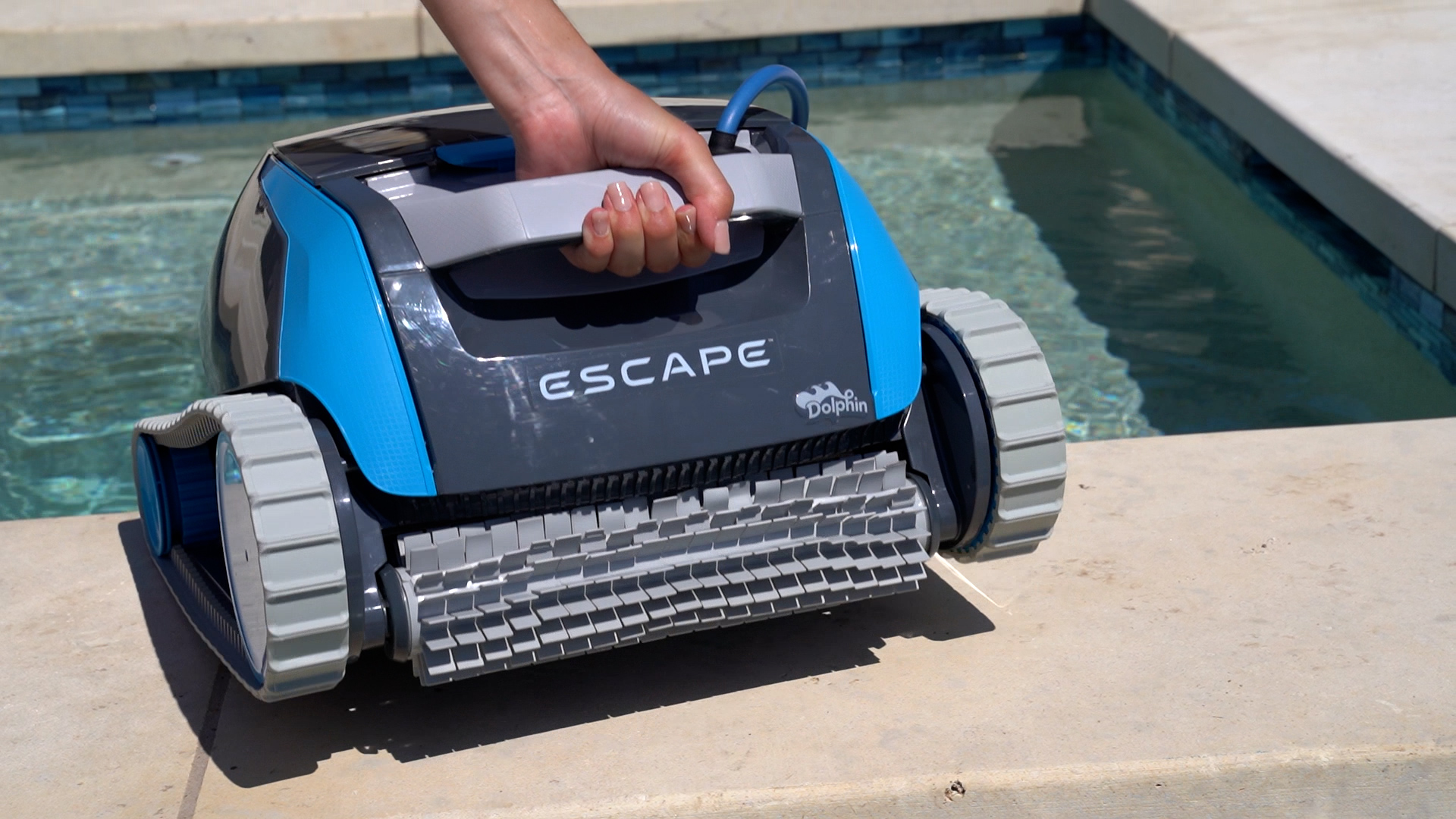
With its HyperBrush and MaxBin features, the Dolphin Escape is equipped to manage debris more efficiently than the Seagull 1000 and Seagull SE. The HyperBrush aggressively scrubs away stubborn dirt while the MaxBin offers a more effective filtration system. Combined, these features result in a cleaner pool without the hassle of frequent recharging and maintenance.
Another highly recommended alternative is the Dolphin Cayman. Known for its best-in-class value, the Cayman features a programmable weekly timer—a feature missing in both the Seagull 1000 and SE. This allows for automated cleaning schedules, thereby reducing the need for manual intervention.
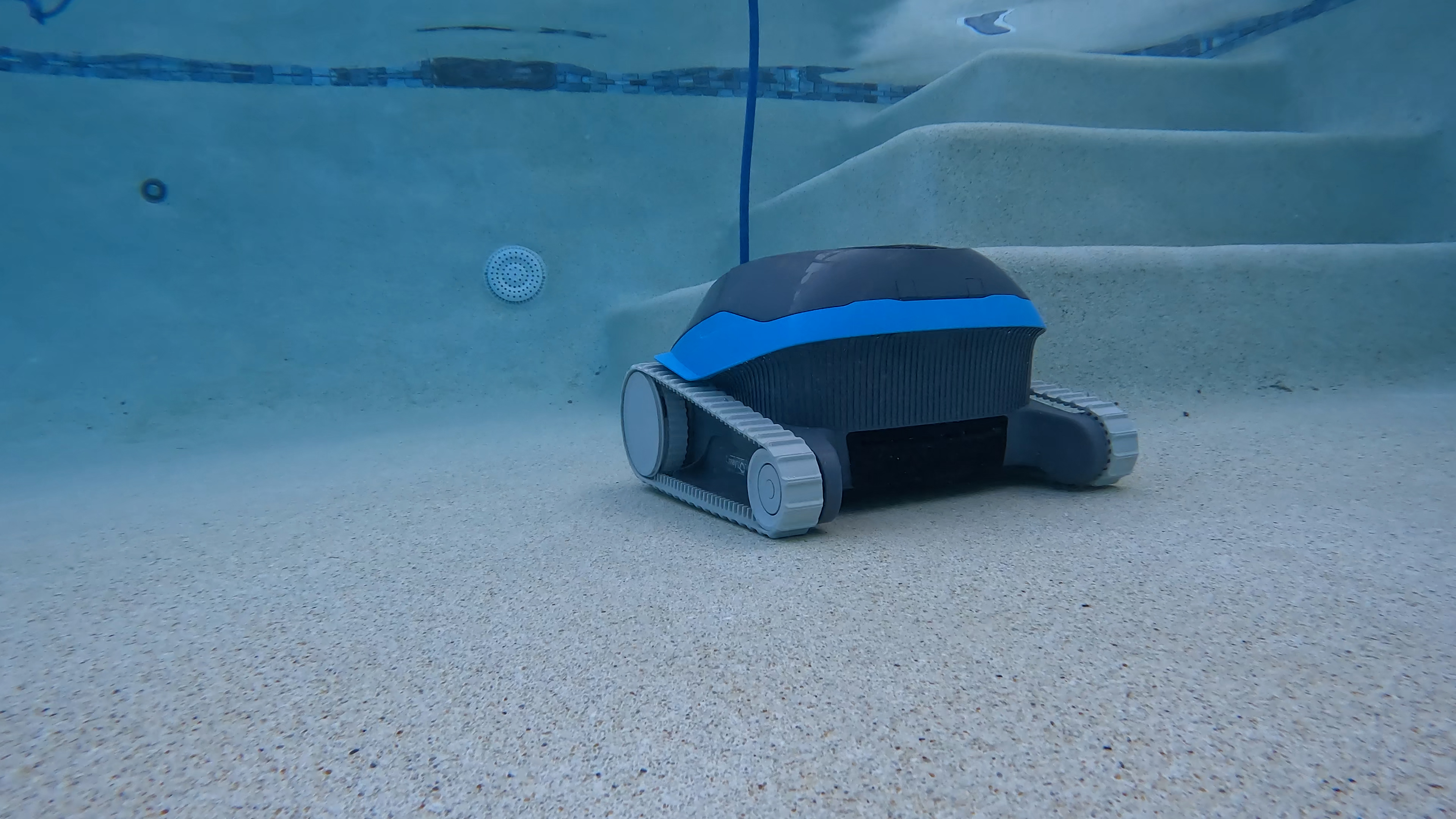
Lastly, the Dolphin Quantum is another excellent choice. This model features PowerJet 3D mobility and NanoFilters, ensuring comprehensive coverage from the floor to the waterline. These advanced filters capture fine particles much more efficiently than those in the Aiper models. The Quantum also features a larger MaxBin, making it easier to handle larger debris without compromising on cleaning power.

In summary, while the Aiper Seagull 1000 and Seagull SE offer the convenience of cordless designs, their limited cleaning power and features make them less ideal for maintaining a pristine pool. The Dolphin Escape, Dolphin Cayman, and Dolphin Quantum provide far better performance, advanced filtration, and ease of use, making them superior choices for any pool owner.
Check back soon with the Pool Pad team, as we continue to bring you the best products and methods to keep your pool clean and healthy!